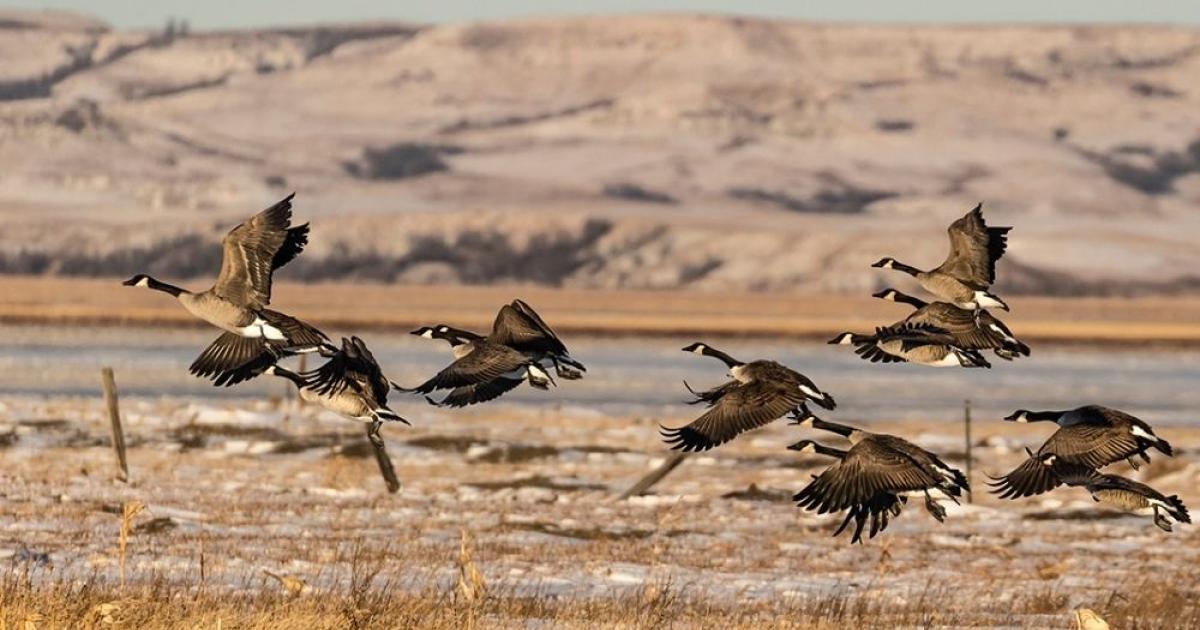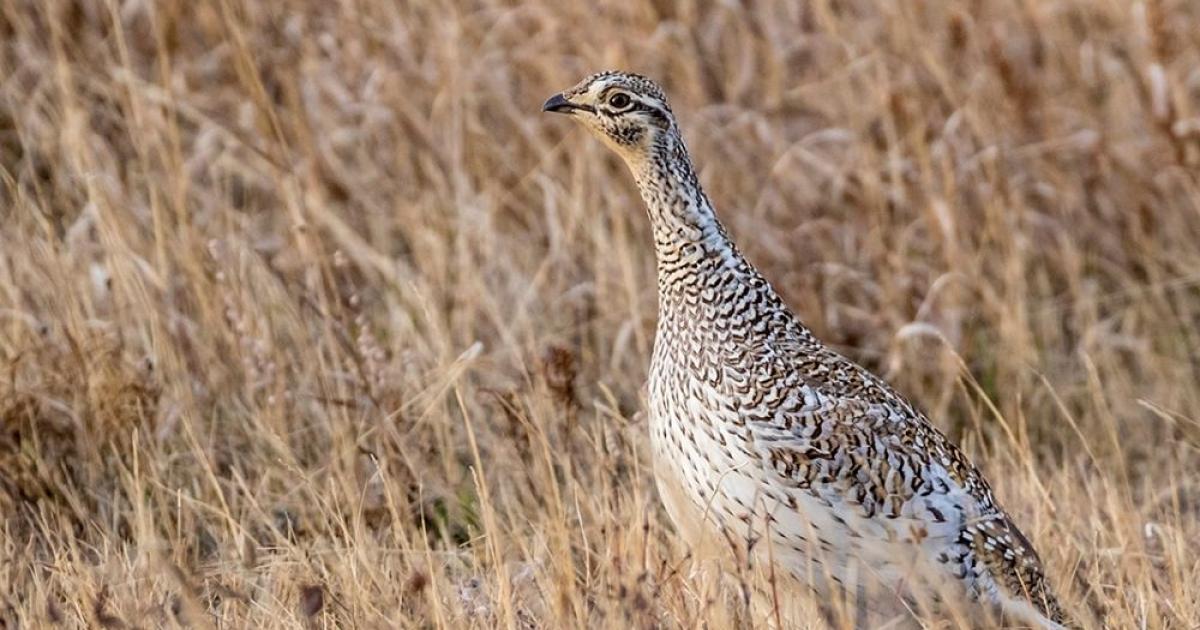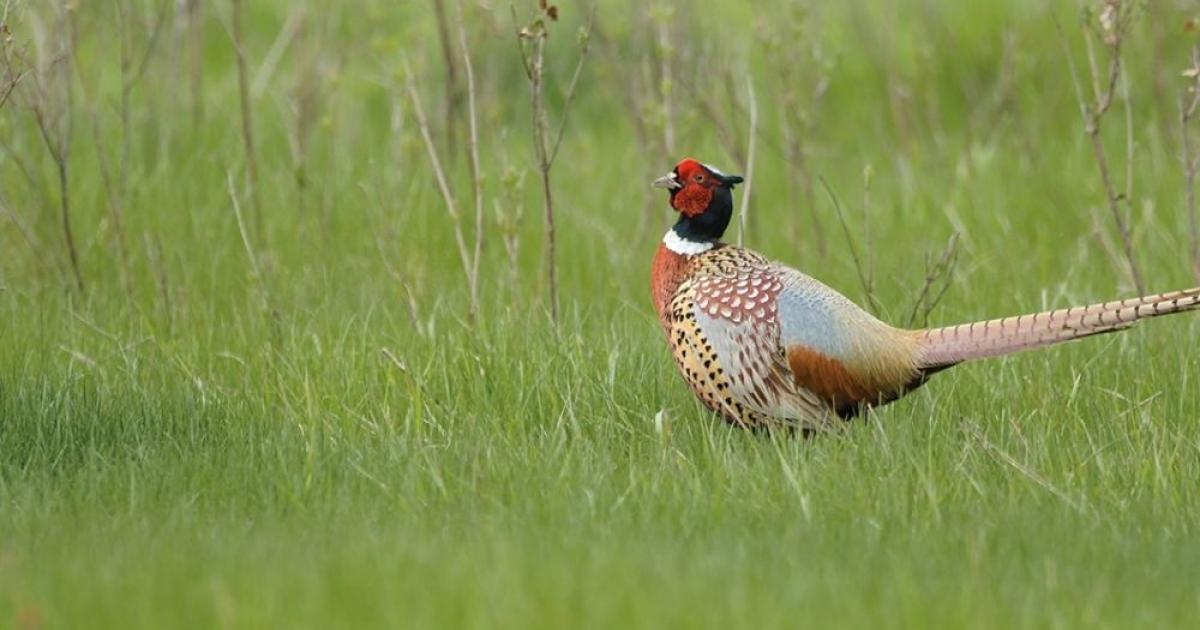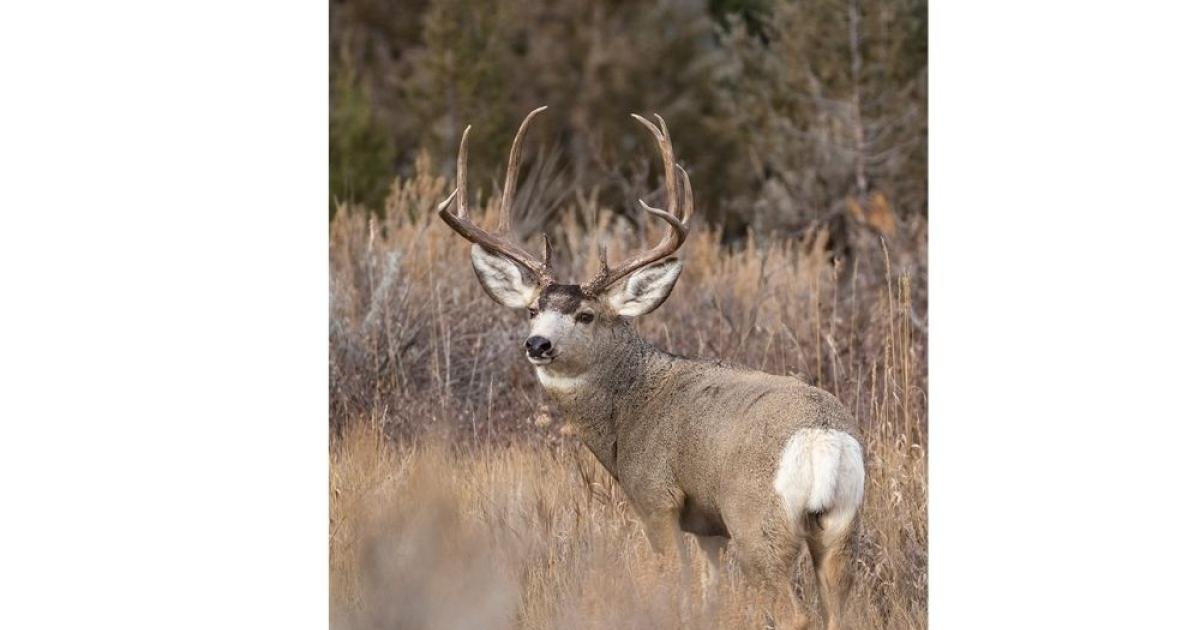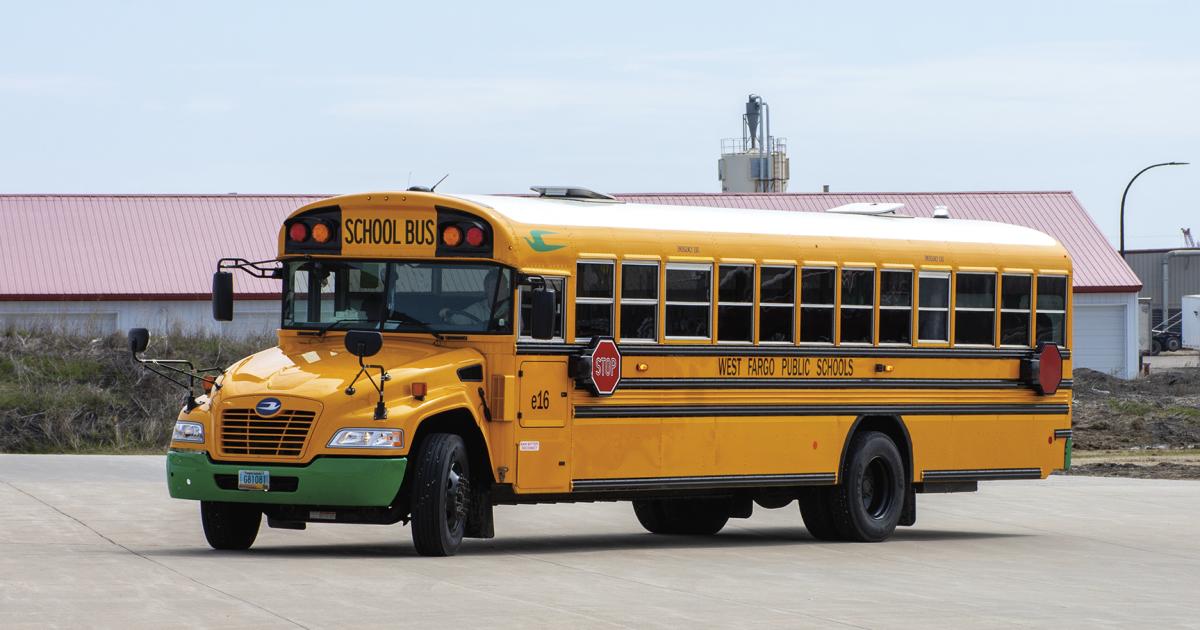Story and photos by the N.D. Game and Fish Department
While 2020 has been an unusual year, to say the least, there is some good news in the outdoors as many of North Dakota’s bird and big game populations are on the rise as fall nears.
Canada geese
That’s good news for hunters.
The following season preview is a condensed version of an article that originally appeared in the August-September issue of the N.D. Game and Fish Department magazine, North Dakota OUTDOORS.
Hunters and trappers can find more information, including season details and regulations for upland game, migratory game birds and furbearer hunting and trapping on the department’s website at www.gf.nd.gov(link is external) or by calling 701-328-6300.
The spring population index for ring-necked pheasants in North Dakota was up 15 percent from 2019. In the primary regions holding pheasants, the number of roosters heard crowing in spring was up statewide, with increases ranging from 1-18 percent.
While the spring number is an indicator – and this year points to a larger breeding population than 2019 – the late summer brood surveys provide a much better estimate of pheasant production and what hunters might expect in fall.
In 2019, nearly 50,000 pheasant hunters harvested 256,800 roosters, down 25 percent from 2018.
North Dakota’s turkey population has been trending in the direction hunters like to see.
In 2019, spring turkey licenses made available by the Game and Fish Department topped 6,000 for the first time since 2008. In 2020, that number increased to 6,230, or 205 more than last year. For the fall turkey season, 3,785 licenses are available, 125 more than last year.
Sharp-tailed grouse continue to rebound after the 2017 drought. The 2020 spring census indicated a 22 percent increase in bird numbers from 2019.
In 2019, about 14,000 hunters harvested 34,300 grouse, down 34 percent from the previous year.
The Game and Fish Department’s 73rd annual breeding duck survey indicated that this year’s breeding duck index was the 13th highest on record, up 18 percent from last year, and 64 percent above the long-term average. The state’s estimated breeding population of ducks (3.98 million) is the highest index since 2014.
The number of broods observed during the department’s July brood survey was similar to last year’s count, and 52 percent above the 1965-2019 average. The average brood size was 6.75 ducklings, nearly identical to last year’s estimate.
July wetland counts were up 11 percent from 2019, and 49 percent above the long-term average.
The fall flight forecast of ducks from North Dakota this year is up 9 percent from last year and is the 13th highest fall flight on record.
Numbers of resident Canada geese, Western Prairie Canada geese and arctic nesting Tallgrass Prairie Canada geese, snow geese and Ross’s geese all remain high.
Production of Canada geese in the state was quite high in 2020; estimates from arctic breeding areas are not available due to pandemic-related travel restrictions.
The spring survey for mid-continent sandhill cranes in the central Platte River valley in Nebraska was canceled this year due to the COVID-19 pandemic. Although no annual survey information is available for 2020, the three-year average population index used for guiding hunting season regulations has been stable to slightly increasing for several years.
In addition, the canceled 2020 survey will be removed from any subsequent calculations of the three-year index and the current average is still well above the management objectives for this population. With these considerations, the mid-continent sandhill crane population should still be in good shape heading into the fall hunting season.
Wetland conditions throughout much of North Dakota have improved over the last year or so, which will provide plenty of options for roosting sandhill cranes during fall migration.
Game and Fish made available 69,050 licenses for the 2020 hunting season, an increase of 3,550 from 2019.
Population and harvest data indicate the state’s deer population is stable to increasing, but still below management goals in most eastern hunting units. Consequently, there was a moderate increase in deer licenses allocated in 2020 to increase hunting opportunities while continuing to encourage population growth.
The statewide gun hunter success rate in 2019 was 64 percent, which was the same as 2018, but below the department goal of 70 percent.
Mule deer in North Dakota’s badlands continue to show signs of recovery following the severe winters of 2008-10, which resulted in deer numbers declining by nearly 50 percent since 2007.
The 2020 spring index was 7 percent higher than 2019, and 22 percent above the long-term average. The mule deer population increase can be attributed to prohibiting the harvest of antlerless mule deer in the badlands during the 2012-16 hunting seasons, more moderate winter conditions, and improved fawn production in 2013-19. Fawn production was highest in 2014 and 2016 with fawn-to-doe ratios of 95 and 90 fawns per 100 does, respectively.
A stable to increasing population will mean good hunting opportunities again this fall. There were 3,050 buck licenses and 2,150 doe licenses available in 2020, the same as 2019.
North Dakota hunters will have more pronghorn hunting opportunities in 2020 due to a slight population increase. Summer aerial surveys indicated that the number of pronghorns in the state increased by 6 percent from last year. The pronghorn population increased to just over 10,400 animals, which is the highest estimate since 2009. The population has been slowly recovering since 2013 following the severe winters of 2008-10, which resulted in numbers declining by 75 percent.
A combination of milder winter conditions since 2010-11, closed seasons from 2010-13, and improved fawn production and survival since 2013 have resulted in the population reaching a level that is able to support a higher harvest this fall.
Spring surveys indicated trappers and hunters can expect coyote numbers similar to last year in most regions of the state. Fox numbers remain low throughout the state, and muskrat numbers increased slightly in most regions of the state compared to last year. Similarly, spring surveys indicated increases in raccoons throughout most of the state. Yet, while badger, beaver and mink numbers are up slightly in some regions compared to last year, these species remain below their long-term averages statewide.


